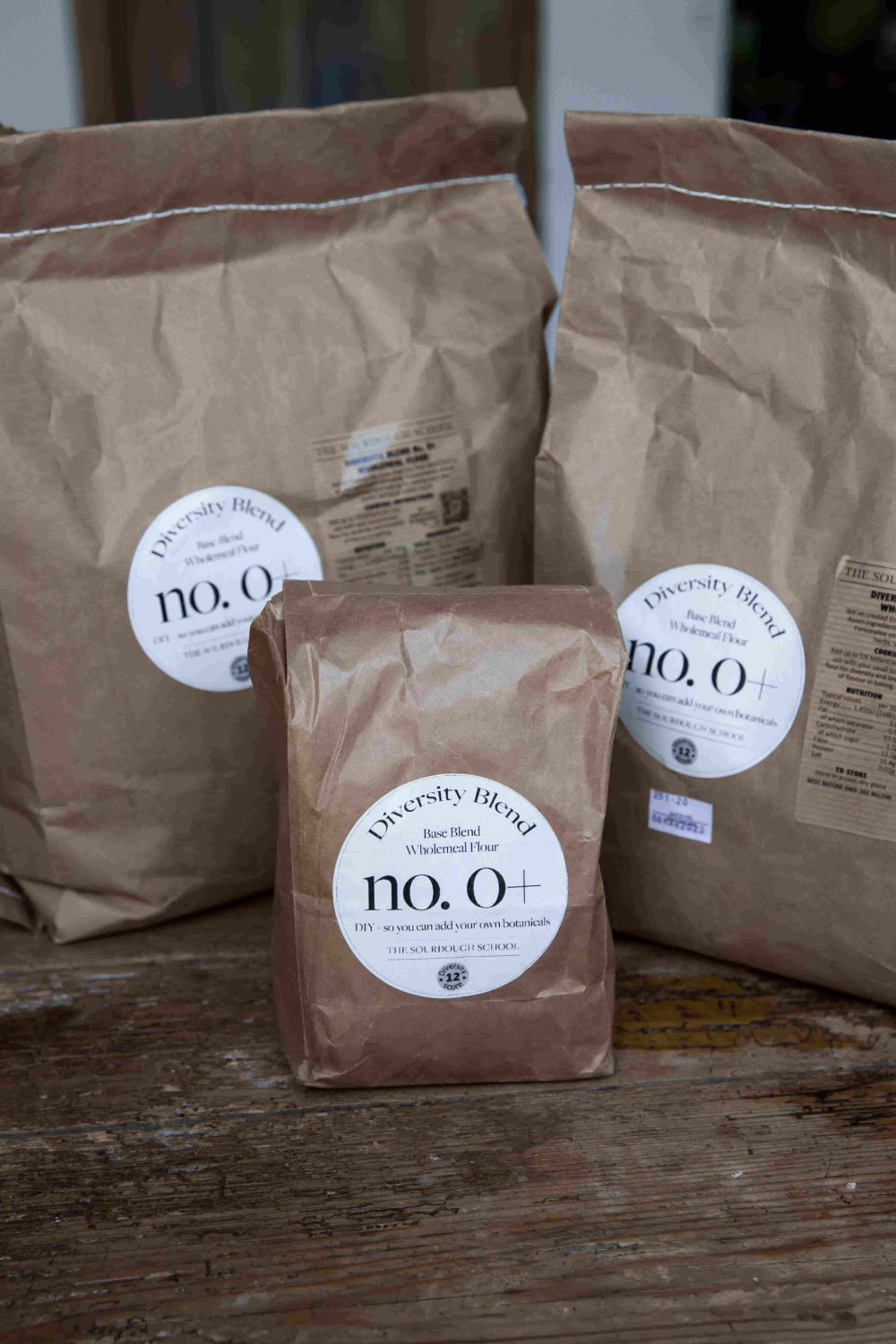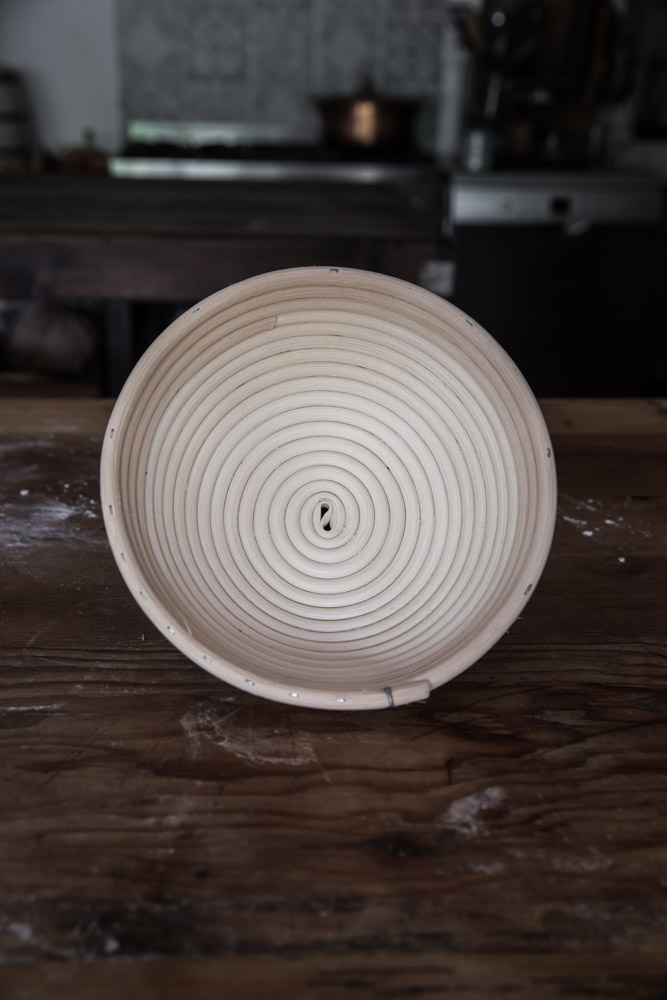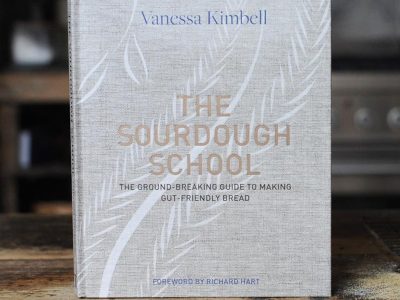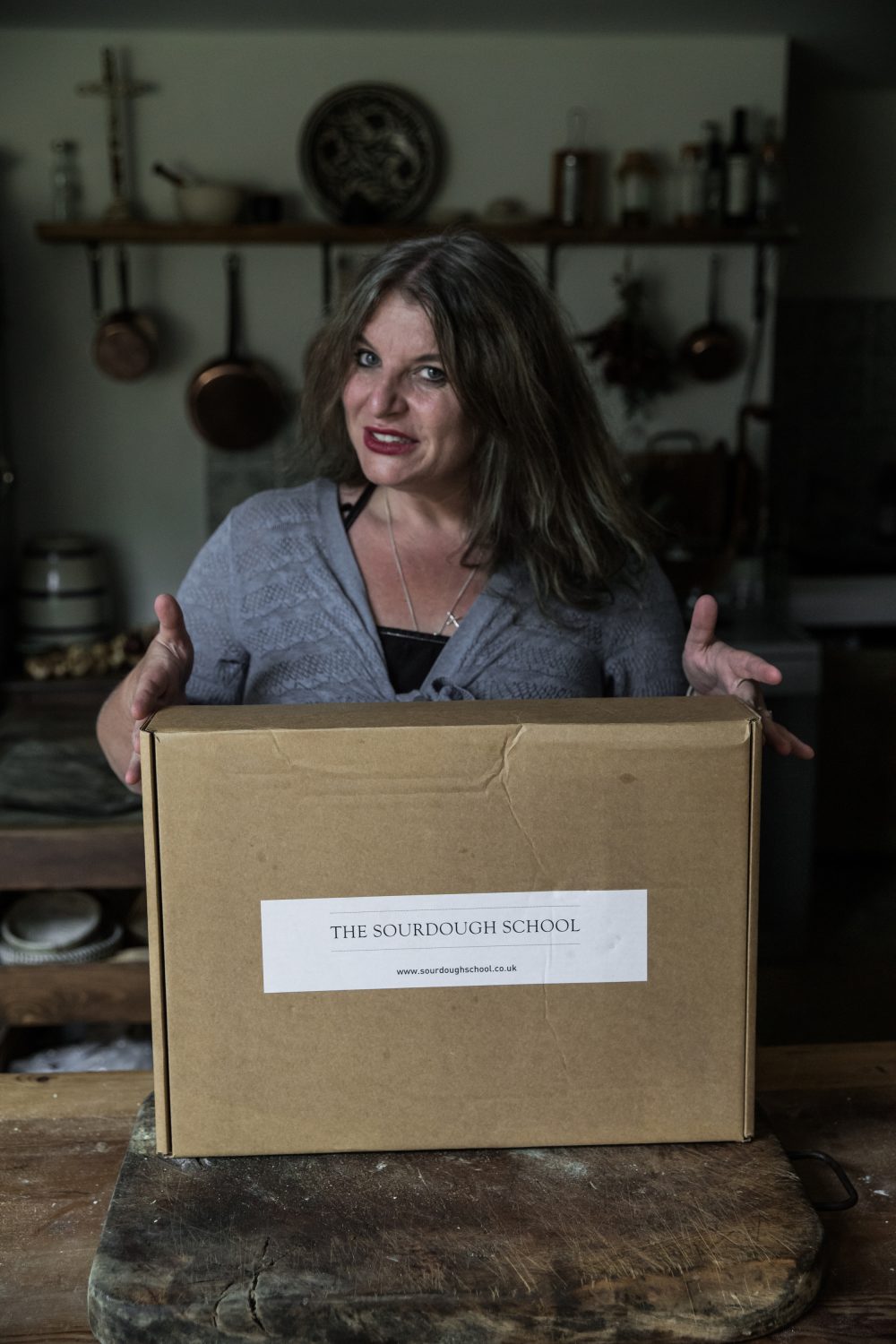What Is San Francisco Style Sourdough?
San Francisco style sourdough is famous for its tangy flavour, chewy crust, and open, airy crumb.
It traces its roots to the California Gold Rush in the mid-1800s, when French bakers arrived in the region.
The local climate helped wild yeast and bacteria thrive—especially Lactobacillus sanfranciscensis, which gives the bread its distinct sourness.
This style reflects the impact of fermentation on both flavour and nutrition.
Why It Tastes the Way It Does
Slow, cool fermentation develops its unique flavour and texture.
Fermenting dough at low temperatures gives microbes time to work.
This produces acetic acid and lactic acid, which contribute to flavour and help preserve the bread. These acids also improve digestibility and increase the bioavailability of nutrients.
How It’s Made
Baking San Francisco sourdough requires both skill and intention. Bakers use high-hydration doughs to create an open crumb. The dough is stretched and folded to build gluten structure. Then it ferments slowly, often overnight, to develop flavour and texture. Finally, the bread is baked in a hot oven, producing a crackly, caramelised crust. Each step enhances the final loaf’s complexity, chew, and digestibility.
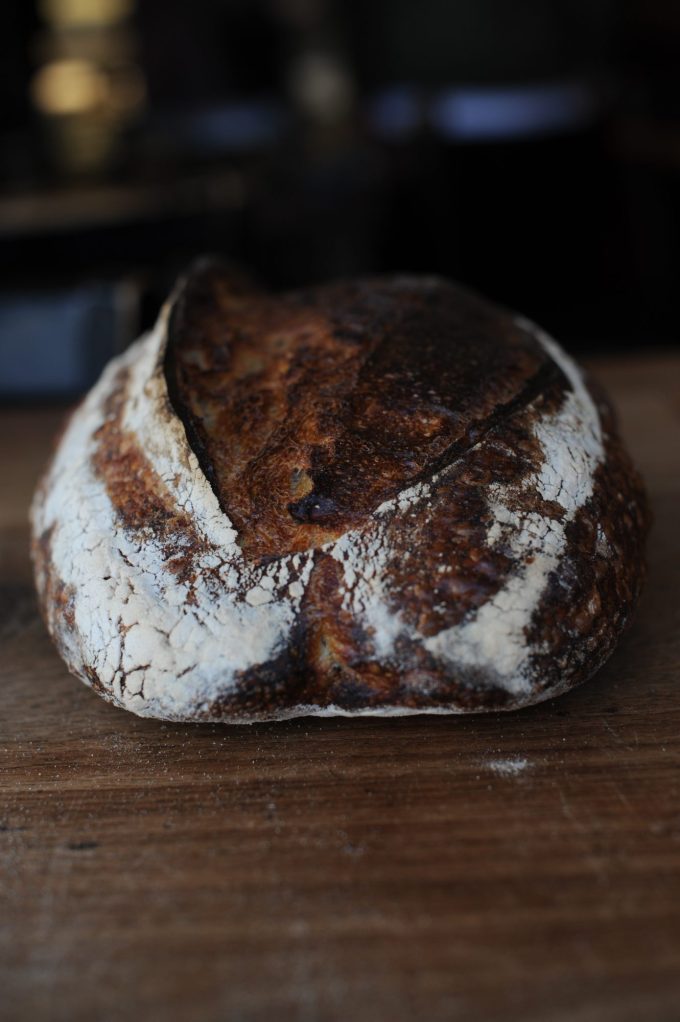
Key Bakers and Influences
Tartine Bakery: Co-founded by Chad Robertson and Elisabeth Prueitt, Tartine popularised a modern interpretation of San Francisco sourdough. Robertson’s book Tartine Bread continues to inspire bakers globally.
San Francisco Baking Institute (SFBI): Founded by Michel Suas, the SFBI has trained generations of bakers in professional sourdough techniques, combining traditional methods with scientific understanding.
Acme Bread Company: Established by Steve Sullivan in 1983, Acme helped pioneer the artisan bread movement in the Bay Area, placing emphasis on traditional sourdough methods and quality ingredients.
Della Fattoria: Founded by Kathleen Weber in Petaluma, Della Fattoria is celebrated for its rustic, flavourful breads. Her story, shared in Della Fattoria Bread, reflects the craftsmanship and care behind this baking tradition.
The Health Connection
San Francisco style sourdough is a living example of how fermentation, artisan skill, and microbial ecology can combine to produce a bread that not only tastes exceptional but also supports nutrition, mental health, and digestive wellbeing. The widespread adoption of San Francisco style sourdough has, paradoxically, both saved and damaged the bread culture and while it has elevated the standards of artisanal bread making, it has also contributed to the erosion of local bread traditions and the homogenisation of global bread culture
 Bioavailability
Bioavailability
